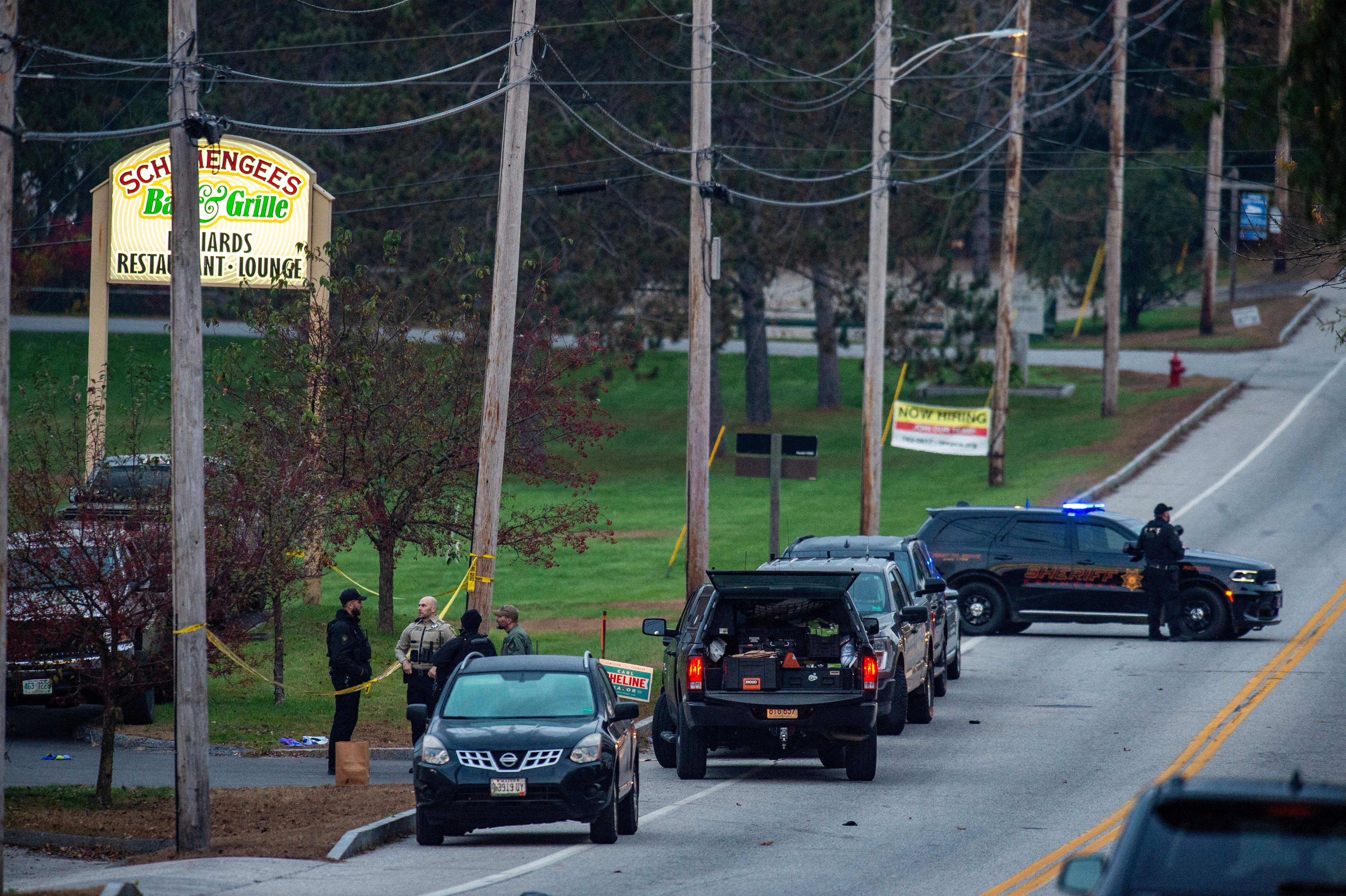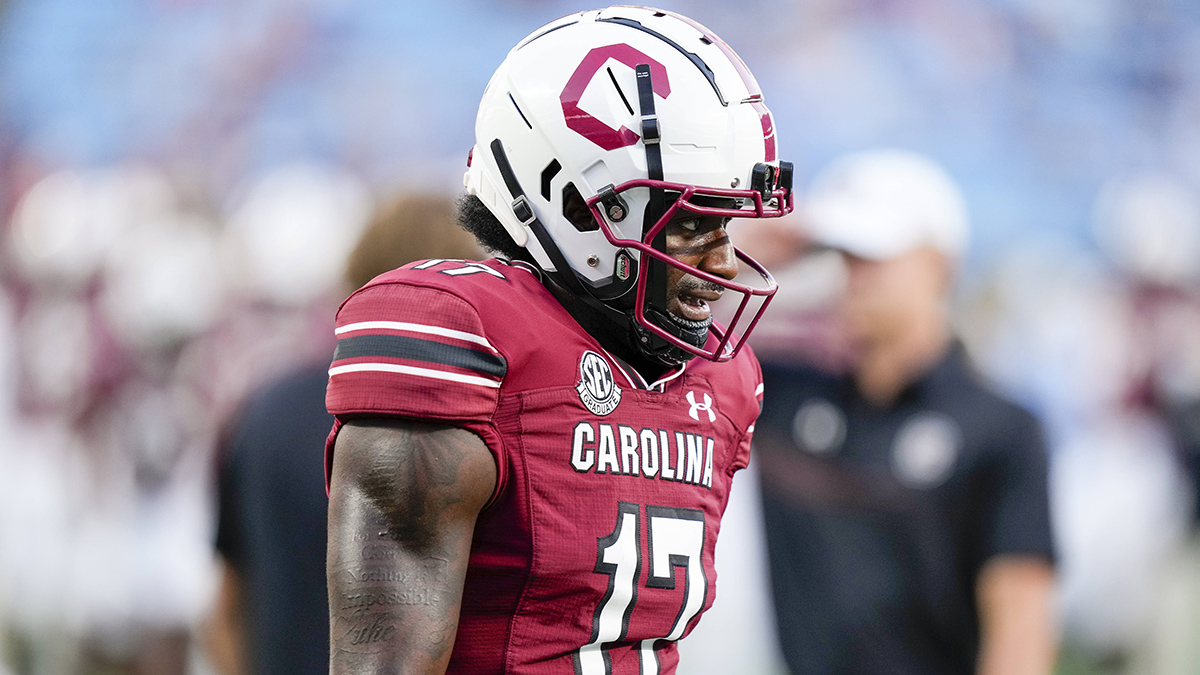Like almost any smartphone user, Sassy Outwater rarely puts her phone down. From editing documents to shopping online, from buying her groceries to keeping track of her health records, she relies on her iPhone X to manage the majority of her daily life tasks.
“I use it for a lot of the same things you do, but with an added layer,” she said.
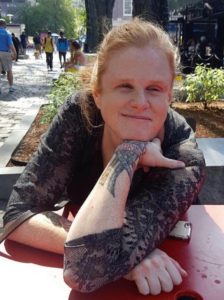
Sassy has been totally blind since age three, so the concept of smartphone addiction doesn’t really apply to her. She thinks that a visually impaired person who’s using a smartphone should not be disturbed, a rule that she has enforced since taking over as director of the Massachusetts Association for the Blind and Visually Impaired in September 2017.
Via Bluetooth, Outwater connects her smartphone to a Braille display, which is produced by a company named Baum USA. She uses an app called Voice Dream, which reads out loud her emails or her friends’ Facebook posts. She likes Sunu, a startup developing a bracelet that can give blind people directions. One of her favorite companies is Open Style Lab, which designs clothes for people with disabilities, including clothing that helps the wearer identify its color.
Voice Dream, Sunu and Open Style Lab are all local companies that are developing technology for the blind or visually impaired community. Baum USA had an office in Methuen, Mass., before shutting down its U.S. operations in February 2018. In many cases, companies have been founded in the greater Boston area and still operating out of Massachusetts, or are born in Massachusetts before moving elsewhere.
There’s no denying that innovation for the blind community is big in the greater Boston area.
Local
In-depth news coverage of the Greater Boston Area.
Why Many Tech Initiatives for the Blind are Local
The impressive amount of technological innovation that benefits the blind community in Boston boils down to a positive ecosystem made by three factors: founders with strong technical skills, the desire of young startup founders to have a social impact and an impressive local network that serves as user tester base for new products.
There’s no shortage of brilliant students with strong technical background in Massachusetts, a state that ranked as the No. 1 in education, with a special focus on building science, technology and engineering skills in its students. Five students in mechanical engineering, materials science, electrical engineering and computer science, for example, developed Tactile, a device that translates printed text into Braille, while preparing for a hackathon at MIT.
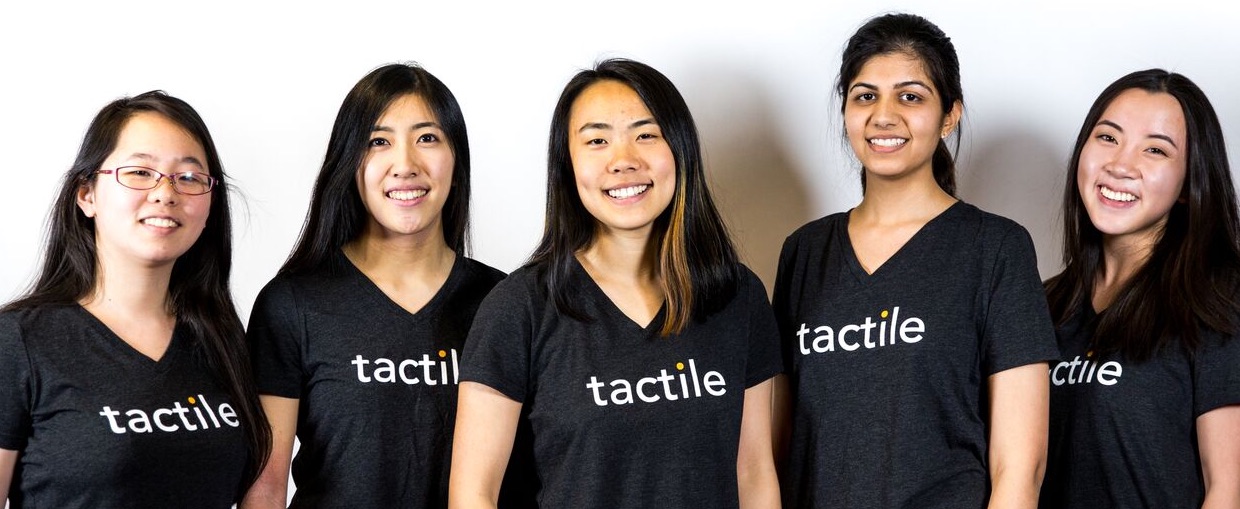
Then there’s Mass’s aforementioned powerful network of technologists, entrepreneurs and leaders within the state’s myriad organizations for the blind community to both test and provide developers with the feedback they need to make their offerings exemplarily.
Consider the Massachusetts Commission for the Blind, which was established in 1906; the Perkins School for the Blind in Watertown, which serves approximately 200 students on campus; the Carroll Center for the Blind in Newton, which offers vision rehabilitation programs designed for newly-blind adults; and the Schepens Eye Research Institute, which is affiliated with Harvard Medical School.
The network is so well-established that innovators from out of state have come to Boston for testing purposes. In January, the Perkins School for the Blind became the first campus in the U.S. to collaborate with Aira, a company based in California that’s developing special “smart glasses” for the blind. The Aira glasses connect the person who’s wearing them with a live visual assistant who can help users handle more stressful situations, from reading the terms of a legal contract to finding their way in a maze of streets.
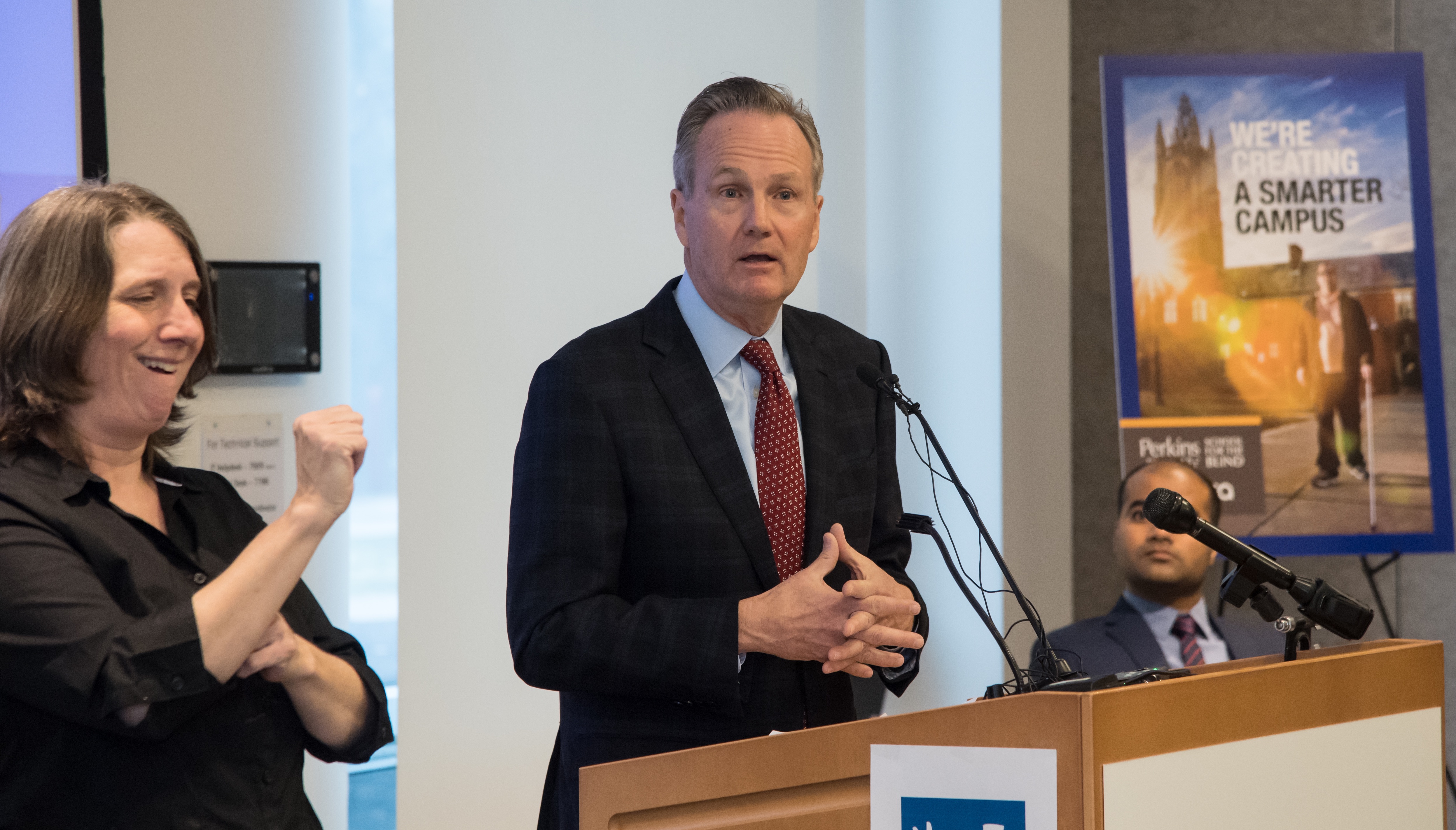
All this – having developers with STEM skills and the opportunity to test products – would lead to applications in any field. However, it’s the desire of Boston’s founders, especially young founders, to have a social impact that is the driving force that puts the local community on the frontline of innovations for the visually impaired.
“I think that the generation that is today’s college students and recent graduates… cares more about giving back and having a social impact,” Dave Power, President and CEO of Perkins School for the Blind, said in an interview. “You combine the millennial generation’s desire to have an impact with the tools and technology at our fingertips – mobile networks, face recognition, voice interface – and you have the ability, in a short amount of time, to create something that really is exciting and high impact.”
To prove his point, Power added that in April, Perkins will be hosting its first student hackathon to find potential solutions for the living challenges of the blind and visually impaired community. Over 100 college students from across the U.S. are expected to participate.
The Key Numbers
The American Foundation for the Blind reported that 127,514 people in Massachusetts – 1.87 percent of the residents, as per a quick calculation – have experienced “vision loss” in 2015, including serious difficulty seeing even when wearing glasses or contact lenses, as well as inability to see at all.
!function(e,t,s,i){var n="InfogramEmbeds",o=e.getElementsByTagName("script")[0],d=/^http:/.test(e.location)?"http:":"https:";if(/^\/{2}/.test(i)&&(i=d+i),window[n]&&window[n].initialized)window[n].process&&window[n].process();else if(!e.getElementById(s)){var r=e.createElement("script");r.async=1,r.id=s,r.src=i,o.parentNode.insertBefore(r,o)}}(document,0,"infogram-async","https://e.infogram.com/js/dist/embed-loader-min.js");
If it seems a small percentage of the population, or something that may happen only to grandmas and grandpas, here’s the most impressing statistic: The majority of people who have experienced vision loss in Massachusetts is between 35 and 64 years old. In other words, many people are not born blind, but become blind later on in life.
When it comes to unemployment, the percentages grow bigger. Nationally, The American Foundation for the Blind estimated that about 375,000 legally blind people of working age (18 to 69 years old) are not employed, a number that equals to 70 percent of the legally blind U.S. community.
Equipping visually impaired people with the right skills to get an education and, later on, a job is the challenge here. So it comes at no surprise that several Boston-based ventures have focused their efforts in a key area of need of the visually impaired community: Braille literacy.
Using Tech to Teach Braille
Braille, the raised-dot code that allows people with vision impairments to read via touch, is based on cells of up to six dots in a 3×2 configuration: each combination of raised dots corresponds to a letter, a punctuation mark or a musical sounds.
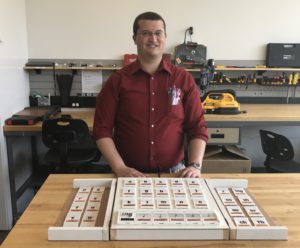
Mastering the art of reading Braille takes time and needs targeted practice, as Alex Tavares – a recent graduate of the Harvard Graduate School of Education – quickly realized while serving as a reading instructor for people with disabilities, including visual impairments. He said he noticed that his students needed a tool to practice Braille sounds and letters independently, in-between sessions.
So he invented one.
Called the Read Read, the device is composed of 26 tiles with letters of the alphabet on them. When learners touch a tile, a voice pronounces the sound and describes its Braille symbol. Tiles can be moved around and positioned on a bar at the bottom of the device to form words. By passing their fingers horizontally, readers can hear the sound of words and feel the complete Braille translation with their fingertip.
Currently, Tavares said that the Read Read won several awards, but it’s not yet ready to launch. Last year, he launched a Kickstarter campaign that raised over $21,000.
While the Read Read can be used by both adults and children, Jake Lacourse of Middleborough, Mass., invented another device that specifically targets those Braille learners who are children, ages three to six. The first user was Jake’s daughter, two-year-old Rebecca, who has been diagnosed with rare genetic disorder – Usher Syndrome – that causes progressive blindness.
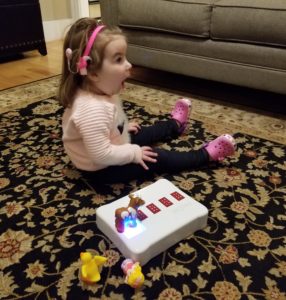
“[Rebecca’s] normal is being deaf, her normal is having low vision,” Lacourse said. “She is a very independent person… a typical toddler.”
In July 2017, Lacourse and his wife Beth went to Chicago to attend an Usher Syndrome conference. In front of a slice of deep dish pizza, Lacourse had conversations with many parents of children affected by the disease and they all told him the same thing: they wish their children had learned Braille a lot sooner, because it’s difficult to learn when you’re older.
In that moment, Lacourse said he had to do something to help Rebecca and other children as well. Putting his skills as a product engineer to good use, in two months Lacourse invented a prototype of the BecDot, which he named “Bec” after his daughter Rebecca, and “Dot” after the Braille dots. In January, the device was presented at the Consumer Electronics Show in Las Vegas, in a booth “right next to the Google’s booth,” Lacourse said.
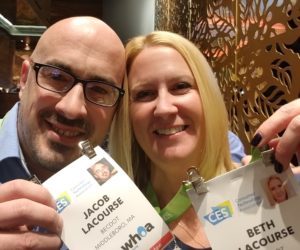
The size of a laptop, the BecDot has four spots on it. When a child places his or her favorite toy on the first spot – for example, a car – the device recognizes it and pops out the corresponding word in Braille (for example, “car” or “giraffe”).
The device works thanks to programmable tags that parents have to apply to their children’s toys, a measure that allows the overall potential commercialization cost of the BecDot down to around $100.
For Lacouse, the device has benefits that goes beyond its (crucial) goal of familiarizing children with the basics concepts of Braille.
“If you imagine a child who’s playing with a toy that’s really cool and has lights and sounds associated with it, that blind child playing with that toy might entice other sighted children to come over and play as well,” Lacourse said. “We’re passionate about having that inclusion piece as a side benefit to literacy.”
Using Tech to be Part of the Community
The inclusion of members of the visually impaired community starts not only with literacy, but also with the independence of getting around. For people who experience vision loss as a consequence of other illnesses, like cancer, glaucoma or diabetes, the risk of feeling frustrated are higher, especially at the beginning.
“You keep having accidents; you bump into things, into people,” said Fernando Albertorio, CEO of Boston startup and Y Combinator alum Sunu, who’s legally blind himself. “All of the sudden, what used to be an enjoyable thing about going out for a walk now has become something that causes high anxiety.”
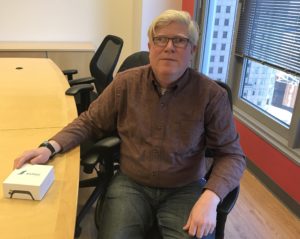
The Sunu band is a wearable bracelet that uses a mix of sonar technology and gentle vibration to let users know the presence of obstacles on their path. Upon activation, the device uses a mechanism called “echolocation” – the same used by bats and dolphins – to map the user’s surroundings. Whenever the user gets closer to an obstacle, the band starts vibrating.
In the future, Albertorio said, the device – which is currently available online for $299 – will be able to modulate its response according to the type of vibrations it receives, so to inform the user if the obstacle is a solid wall, a glass wall or a human being.
“We don’t want you just to avoid accidents,” Albertorio, who wears a black Sunu on his wrist, said. “We want you to enjoy walking.”
In a similar fashion to Sunu, Researchers from MIT’s Computer Science and Artificial Intelligence Laboratory have received an undisclosed grant from the Andrea Bocelli Foundation to develop a wearable system that helps blind users avoid obstacles and identify objects. They came up with a device that Andrea Bocelli – the worldwide famous Italian singer and songwriter who became blind at age 12 – tested personally in his house near Pisa, Italy.
What Entrepreneurs Can Do?
Entrepreneurs and academic researchers are always looking for problems to solve. The challenges faced by the visually impaired community teaches us that the definition of “problem” changes depending on the abilities and the skills users have.
Even the impact of potential solutions changes according to the final user’s abilities. Think of smart speakers such as Amazon’s popular Echo devices; for those without visual impairments, the devices might just be seen as a tool that can save people a few minutes in checking the day’s weather. For the visually impaired, however, its not just about convenience; the technology might be the only way users can easily access the same information. Same thing for voice-controlled showers, which were abruptly dismissed under the label “tech extravaganza” at the 2018 Consumer Electronics Show. Some asked, “are we so sure that anyone wants or needs them?” without perhaps considering that some just might.
Regardless of intention, these are oversights and perspectives that adversely impact the visually impaired community.
“I just walked out of a meeting where a company told me that they have not designed their software product to be accessible for blind and visually impaired users and that they have no intention of doing so,” Outwater said. “It’s a slap in the face.”
Hey tech community: the ball’s in your court.

